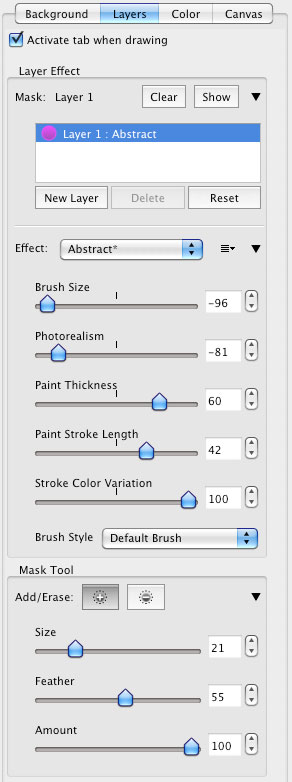


Only the most hardcore futurists would want these today Instead, the company seeded them with a handful of developers who create AR effects, games, and utilities and gave them a few months to build.Īnd then, one day last week, the company invited me to a rented backyard in San Francisco’s Castro District to see the results. Indeed, when they were announced in May, Spectacles became the first pair of the company’s glasses I didn’t get to try myself. And to Snap, which made the first major set of high-tech glasses when it released Spectacles in 2016, the Journal devoted just a single sentence: “Snapchat parent Snap earlier this year added AR functions to the latest version of its Spectacles smart-glasses, which are so far available only for developers.” It looked at similar efforts from Facebook, Microsoft, and the lesser-known Vuzix, among others. Surveying the AR landscape this week, The Wall Street Journal predicted that someday high-tech glasses will become Apple’s successor to the iPhone. The problem is that the tech isn’t ready: creating high-resolution projections using a device that fits on your face, has good battery life, and costs a reasonable price, is far beyond the ability of today’s platforms. Most platform executives agree that this would be a good, useful thing and that lots of people would buy the hardware that makes it possible. The core function of AR glasses is to project images in front of your face, turning your field of vision into a virtual computer screen on which you can receive messages, play games, and interact with digital or real-world objects for educational or commercial purposes. While other companies are painting grand visions of the metaverse via press interviews and op-eds, Snap has been quietly focused on two of the ideas that can actually bring it into existence: steadily improving its hardware every year or so and attracting developers by giving away that hardware while offering them ways to profit from it. Today, let’s talk about one that strangely flies a little under the radar - and is taking a more straightforward path. But while crypto-based platforms are still mostly in their earliest stages, the battle for the metaverse already has at least a half-dozen established companies investing billions of dollars in realizing it.

Web3 and the metaverse will surely intersect along the way - Meta CEO Mark Zuckerberg has said he imagines people bringing non-fungible tokens along with them as they traverse the company’s virtual worlds. Platforms have taken to calling this “ the metaverse.”
SNAP ART REVIEW SERIES
What will set it apart is new hardware: augmented reality glasses and virtual reality helmets that will bring us together in a series of linked experiences that occupy an ever-increasing share of our waking hours. In the other corner, you have the existing tech platforms, which envision the next generation of the internet as a slightly more interoperable version of the existing web. These companies give their effort the aspirational name “Web3.” In one corner, you have the scrappy upstarts eager to topple the existing world order and rebuild it from scratch on the blockchain. The Metropolitan Museum of Art, Thomas J.More than other recent years, in 2021 the tech industry focused a great deal of its energy on a single question: who will build and own the next generation of the internet?

Sotheby’s Institute of Art (New York, NY) School of the Art Institute of Chicago, John M. Point Loma Nazarene University (San Diego, CA) Northwest Nazarene University (Nampa, ID) NYS College of Ceramics at Alfred University, Scholes Library (Alfred, NY) Museum of Contemporary Art Santa Barbara, Emerging Leaders of Arts (Santa Barbara, CA) Midway Contemporary Art (Minneapolis, MN) Maryland Institute College of Art, The Decker Library (Baltimore, MD) Los Angeles County Museum of Art, Research Library (Los Angeles, CA)
SNAP ART REVIEW ARCHIVE
Los Angeles Contemporary Archive (Los Angeles, CA) Bard College, Center for Curatorial Studies Library (Annandale-on-Hudson, NY)Ĭenter for the Arts, Wesleyan University (Middletown, CT)Ĭharlotte Street Foundation (Kansas City, MO)Ĭranbrook Academy of Art (Bloomfield Hills, MI)


 0 kommentar(er)
0 kommentar(er)
